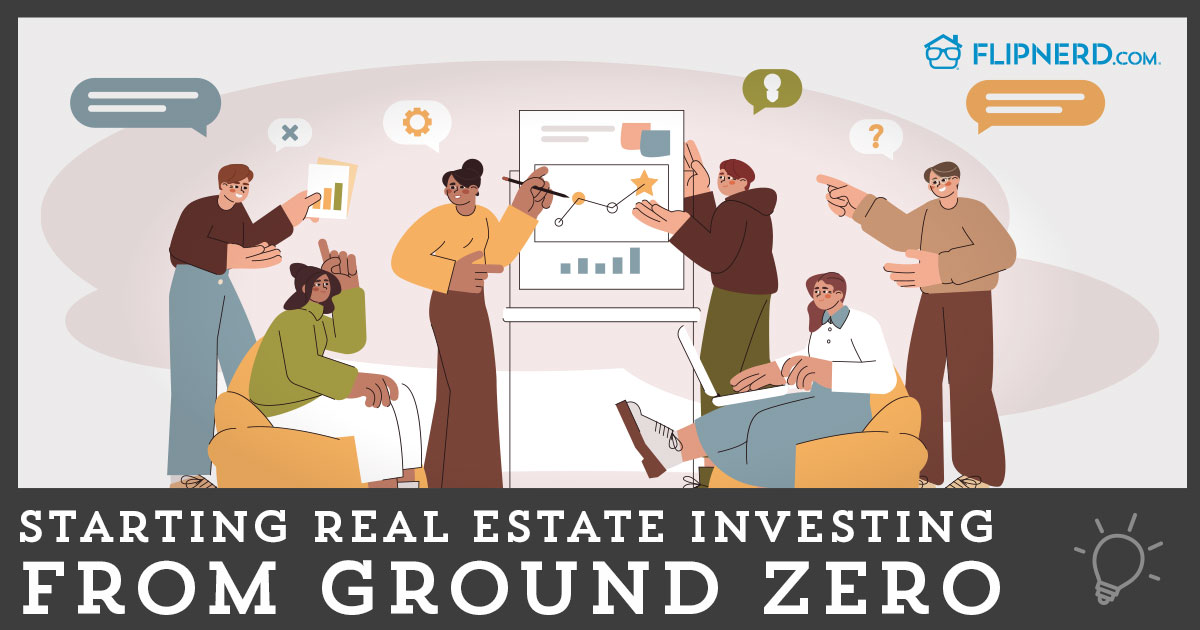No one ever said that starting a business and growing it to a sustainable level would be easy.
Despite the key role small businesses play in job creation and our economy, credit available to small-business owners from the major banks has shrunk in recent years. At the same time, new lending opportunities have become available to small businesses. But business owners must exercise caution when evaluating small-business funding options.
Big bank lending
Tightened regulation since the financial crisis has reduced small-business lending among big banks. The economic slump of 2008 led to a series of lending reforms and stricter lending regulations, shrinking the credit available to smaller businesses. According to The Wall Street Journal, the country’s top 10 largest banks lent $44.7 billion to small-business owners in 2014, compared with $72.5 billion in 2006.
The costs and risks associated with small-business lending also inform big banks’ propensity to extend credit. When compared with their larger counterparts, smaller businesses hold greater credit risk, forcing big banks to limit lending. Meanwhile, for the bank, the cost of underwriting a $50,000 or $100,000 loan is the same as that of a $1 million loan, prompting it to focus on the latter. According to the U.S. Small Business Administration, the average size of SBA small-business loans stands at around $371,000, a much less tempting target for larger banks.
Most common credit sources
With a limited credit supply from the big banks, small businesses rely on a variety of other credit sources, including:
COMMUNITY BANKS
Community banks are one of the most important sources of credit. However, community banks are shrinking quickly, with at least a 50% decline in the number of community banks in the past two decades, according to a study by the University of New Orleans. A report from Harvard highlights the decline in community banks’ market share of commercial assets in the wake of the Dodd-Frank Act and similar regulations.
BUSINESS CREDIT CARDS
Many small businesses use business credit cards for their working capital needs. The cards provide easy access to funds through a revolving line of credit. Business credit card rates can range from around 13% to 30%.
PERSONAL SAVINGS
Some small-business owners also rely on their own personal savings and retirement funds for business funding. Some retirement plans, such as 401(k)s or Solo 401(k)s, allow participant loans that can be used for any purpose. The IRS allows participants to borrow up to $50,000 or 50% of their account balance. Of course, funding your own startup with retirement savings can be risky, so it’s important to carefully evaluate the loan terms and the downside potential.
Alternative funding options
A number of alternative funding solutions like online lending startups are also making their way into the lending landscape. Some of the big names in the small-business-lending marketplace and loan origination space include OnDeck, Kabbage, CAN Capital, Biz2Credit and Fundera. According to the companies, OnDeck has provided funding worth over $3 billion and Kabbage well above $1 billion.
Small businesses are looking to online lenders because of key factors such as:
- Quick loan processing: Some of these providers offer speedy turnaround times on loan processing. According to OnDeck’s website, the company can process and deliver funds within 24 hours through automated clearinghouse or wire transfers, depending on the circumstances.
- Cost-effective lending: Unlike big banks, many newer lenders rely on algorithms that analyze a variety of factors, from real-time cash flow to online customer reviews and other traditional lending parameters. On the other hand, traditional banks consider in-depth background checks, multiple years of tax returns and other factors that can make loan processing comparatively more expensive.
Although these online lenders process loans quickly, they can have high APRs that aren’t always clearly advertised. Some industry experts have compared loans from online lenders with subprime mortgages, considering their high operational opacity and lack of regulatory oversight. Private commercial lenders aren’t subject to federal banking regulations that would prevent them from charging unreasonably high interest rates.
If you are considering a loan from an alternative lender, make sure you fully understand the terms of your loan before you sign on.
Nonprofit microfinance lenders
One of the best solutions available in the current microlending industry may be nonprofit microfinance lenders, which offer smaller loans and relatively low APRs. Accion, Opportunity Fund and Kiva Zip are among the most popular nonprofit microfinance lenders in the market. Opportunity Fund, for instance, offers small-business loans from $2,600 to $100,000 at APRs ranging between 10.6% and 23%. These lenders tend to offer more than just financing, working toward educating their customers as well.
Where to start
If you are a small-business owner looking for a business loan, you may want to start your search with a nonprofit microfinance lender. With more institutions and big banks partnering with these new players, business owners can expect to have multiple choices in the coming years.
But no matter what small-business funding option you choose, it’s important to carefully evaluate potential alternative lending offers.
This article was originally published on NerdWallet.com









